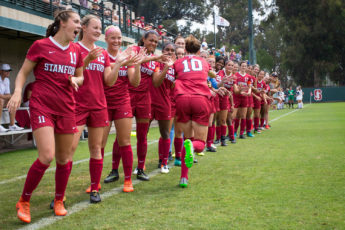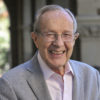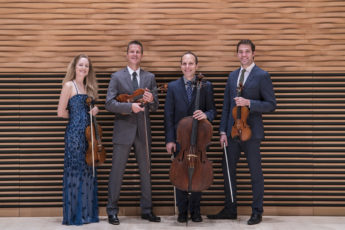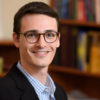Aiming to promote life-long learning and share knowledge with the general public, Stanford University has put extensive efforts into providing free online courses to anyone, anywhere.
Since 2011, Stanford faculty and the Office of the Vice Provost for Teaching and Learning (VPTL) have created hundreds of online classes in topics ranging from psychology and philosophy to computer science and engineering.
Go to the web site to view the video.
So far, more than 10 million learners around the world have enrolled in Stanford’s free online courses, also known as massive open online courses, or MOOCs.
“These free public courses give Stanford faculty an opportunity to contribute to the public good in new ways by sharing their unique expertise and scholarship with a broader audience,” said Andy Saltarelli, senior director of instructional design, evaluation and research with VPTL.
The Stanford Online website went through an extensive redesign recently to improve how learners can find which course is right for them. The site currently lists more than 160 available online classes, which include courses such as Language, Proof and Logic, Living at the Nuclear Brink: Yesterday and Today and Introduction to Computer Networking.
Experimenting with online instruction
Creating MOOCs has given Stanford faculty, instructors and some graduate students an opportunity to explore different ways of teaching.
An upcoming MOOC by Stanford historian Clayborne Carson, who directs the Martin Luther King, Jr. Research and Education Institute, takes online learners on a virtual journey across the United States. With Carson, students remotely travel to historical places associated with the civil rights movement, including the Lorraine Hotel in Memphis, where King spent his last days, and Selma, Alabama, where the historic march to Montgomery began. The course will be available in fall quarter 2018.
Stanford computer science and electrical engineering Professor Jennifer Widom, who is also the dean of the School of Engineering, was inspired to take the idea behind MOOCs one step further.
After creating a popular online course, called Databases, Widom decided to travel during her 2016-17 sabbatical to teach students across the globe by visiting institutions and universities in India, Chile, Poland and Nigeria, among many other places. She has plans to continue her teaching “odyssey” on an occasional basis.
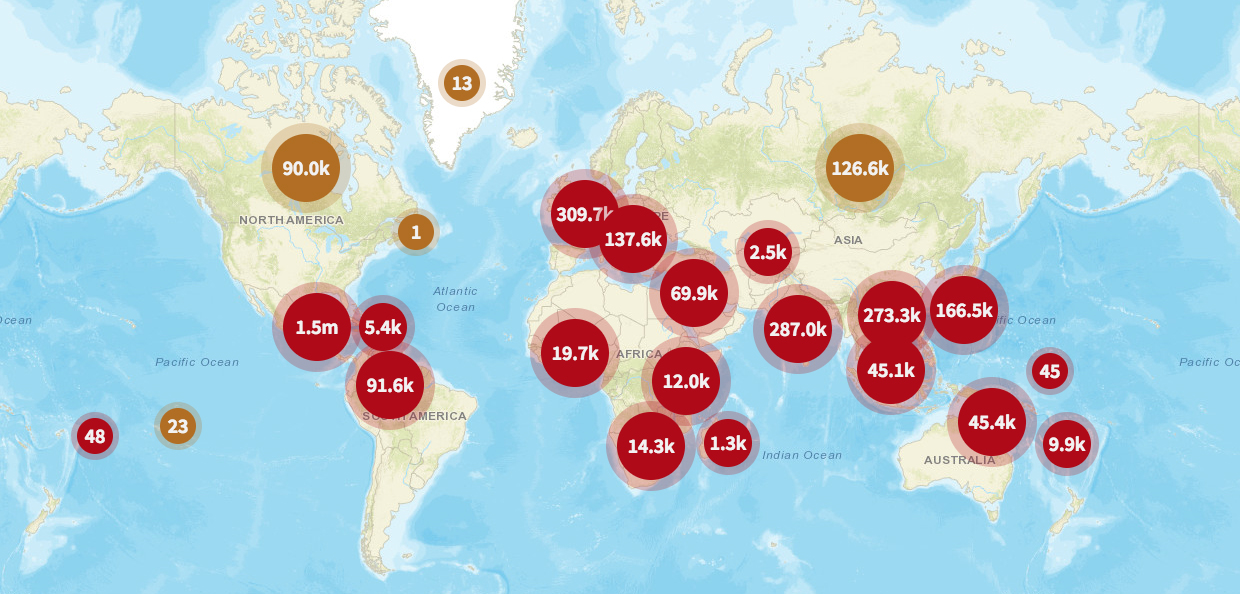
This map shows where online learners who have taken Stanford’s free public courses are from. (Image credit: Spatial History Project/CESTA)
The existing collection of MOOCs has also become a complementary study resource for some Stanford students on campus. For example, a recent MOOC, called Sports and the University, was used in two undergraduates courses to help prepare students for in-class discussions and provide content for final projects.
“Stanford faculty are passionate about sharing their knowledge with a wider audience, and we’re just helping them do that,” Saltarelli said. “The experience of creating MOOCs allows them to reflect on and advance their teaching here on campus. And the content they create also becomes helpful, supplementary material for Stanford students.”
Stanford faculty continue to create free online courses that are open to the public for self-enrichment. Departments are also creating more fee-based programs that offer professional development through graduate certificates, such as the Foundations in Computer Science Graduate Certificate and Stanford Genetics and Genomics Certificate. Those seeking full academic degrees can also apply to be admitted into one of 11 rigorous programs, such as the fully online, part-time master’s degree program in chemical engineering.
Research about learners worldwide
Stanford researchers have also explored how people learn online in order to help find ways that could improve their experiences.
Over the past six years, with support from VPTL and the Graduate School of Education, Stanford’s Lytics Lab has studied the experiences of people who take MOOCs.
Research from the lab found that people in less-developed countries are completing MOOCs at a lower rate than those in the more developed parts of the world. But brief affirmations that give learners a sense of belonging can help close the global achievement gap, the research found.


